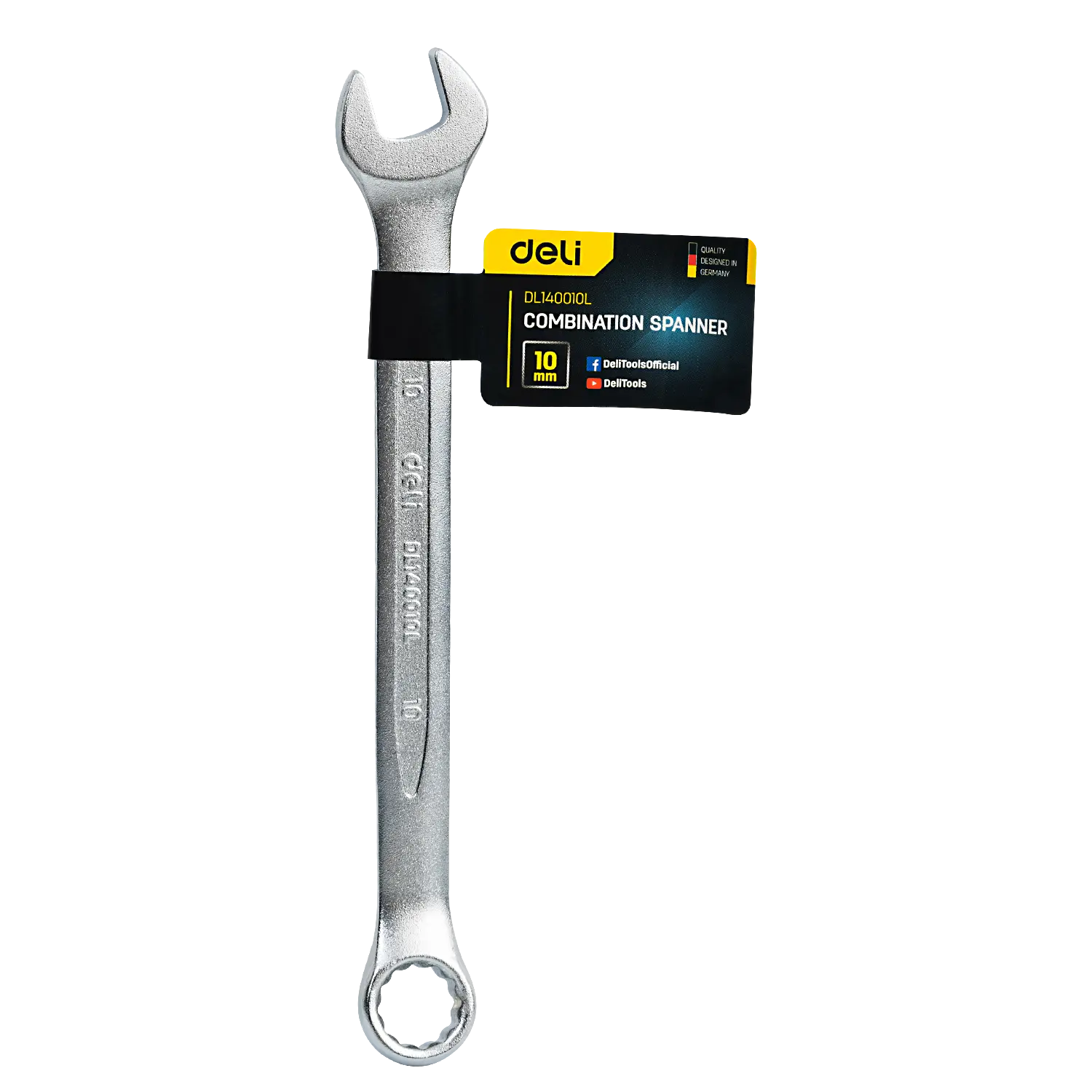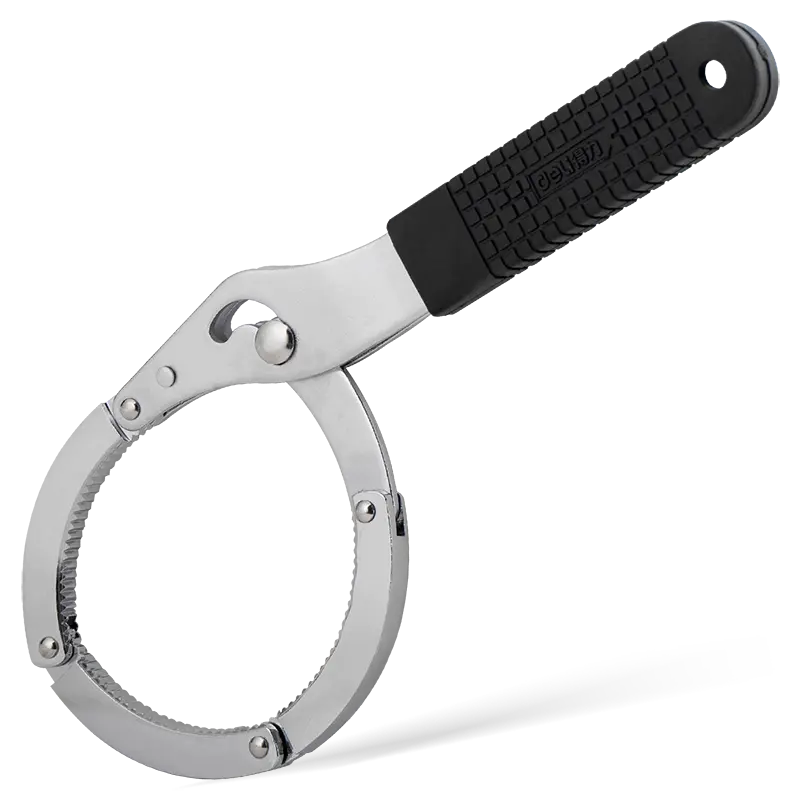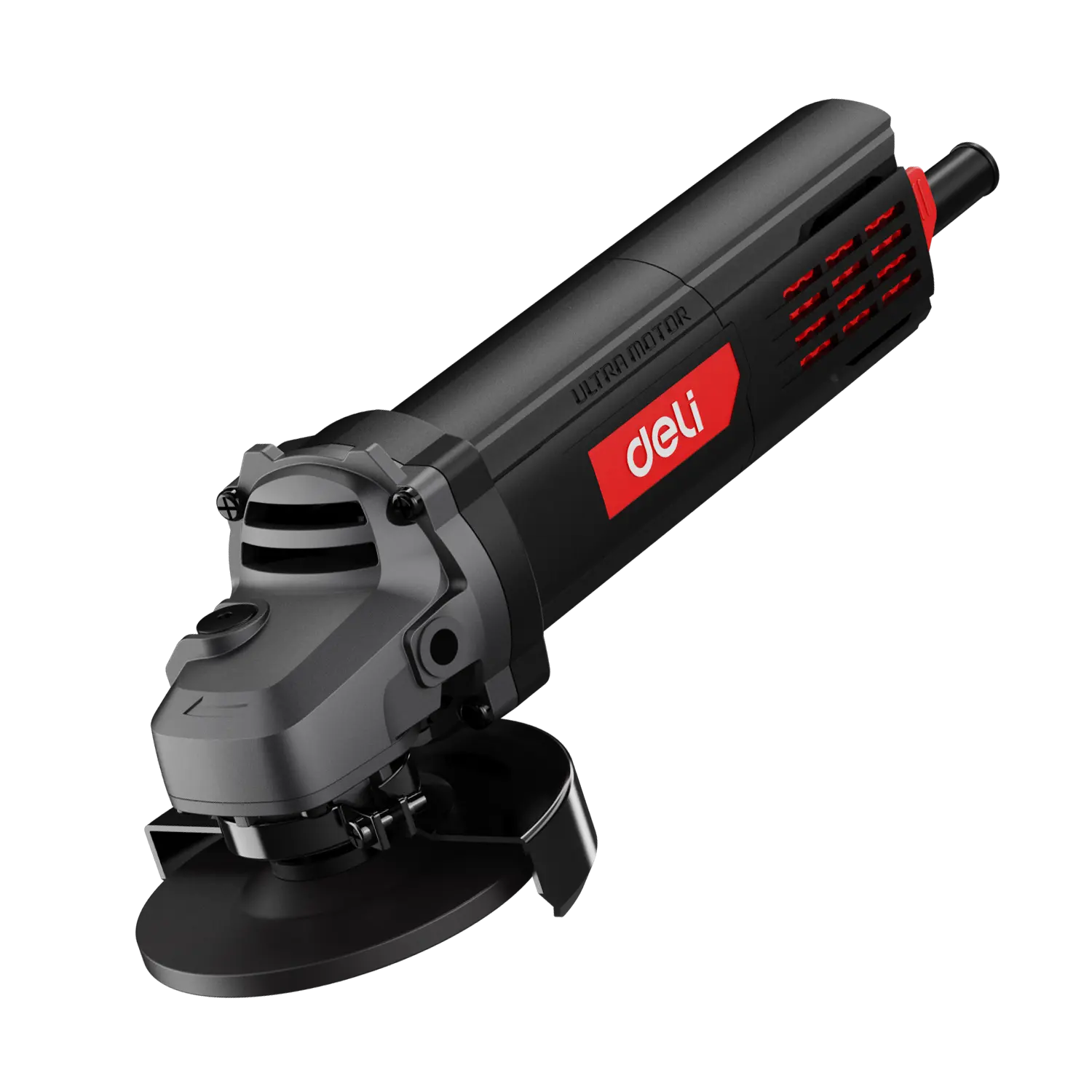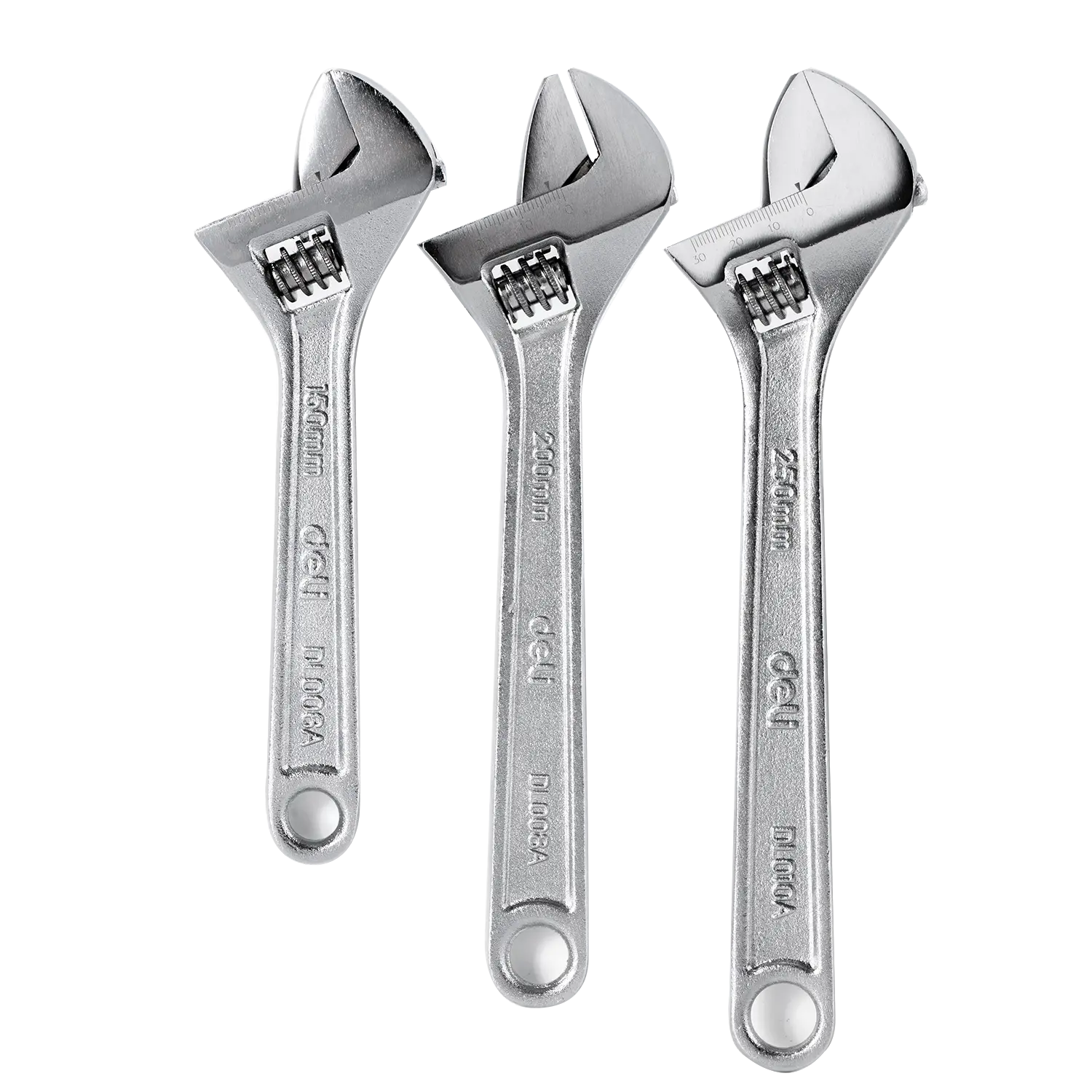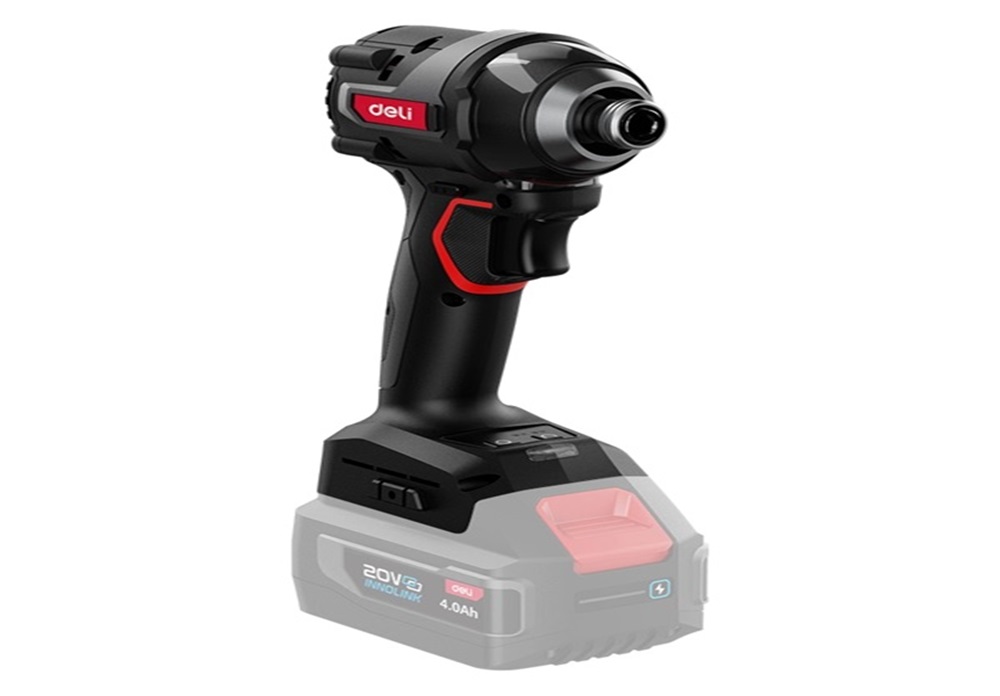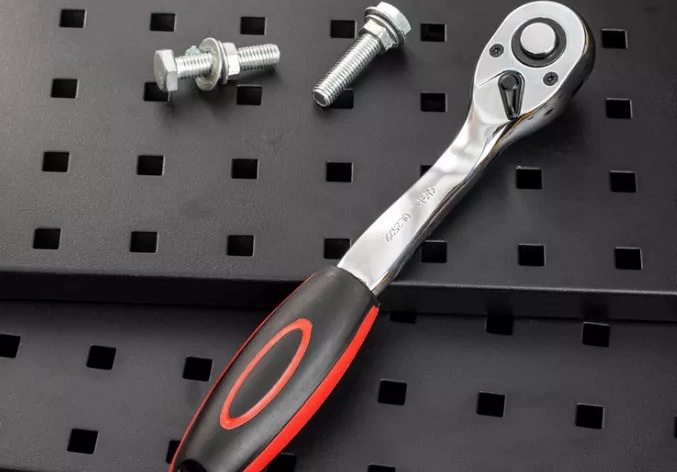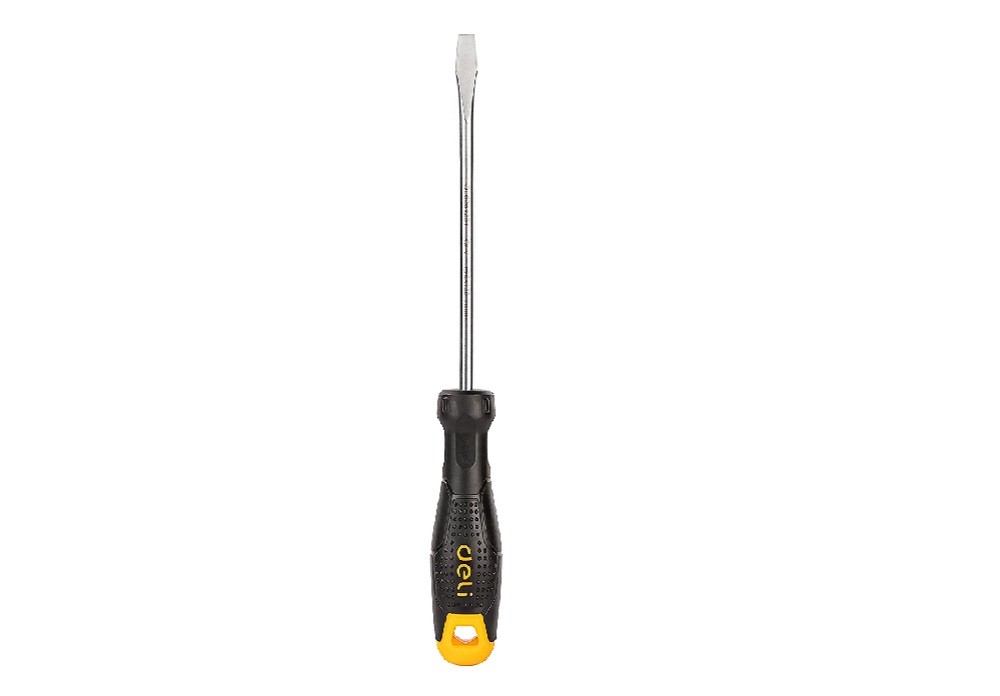Functions of a Household Electric Drill
The household electric drill is one of the most practical and versatile tools designed for everyday use. It combines power and flexibility to meet the needs of home repairs, furniture assembly, DIY projects, and light construction tasks. A household electric drill usually comes with adjustable speed control, forward and reverse rotation, and compatibility with different drill bits, making it suitable for drilling holes in wood, plastic, and metal as well as driving screws. Its compact size ensures ease of use in confined spaces, while its ergonomic grip allows users to operate comfortably during extended work. By understanding the features and functions of a household electric drill, homeowners can approach projects with greater efficiency and confidence.
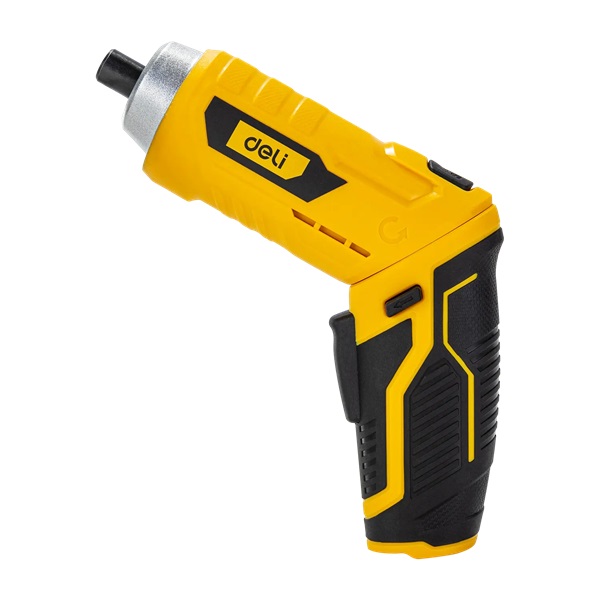
Key Features to Consider in a Household Electric Drill
When selecting a household electric drill, attention to its key features can make a significant difference in performance. Variable speed settings allow precise control depending on the material, ensuring accurate results whether drilling delicate surfaces or tougher materials. The inclusion of torque adjustment enhances screw-driving capabilities, preventing damage to surfaces. Cordless models offer flexibility and portability, while corded options ensure continuous power for longer tasks. Battery performance is also crucial, as modern rechargeable systems provide longer runtime and shorter charging cycles. Considering these features ensures that the household electric drill becomes a reliable companion in a wide range of household tasks.
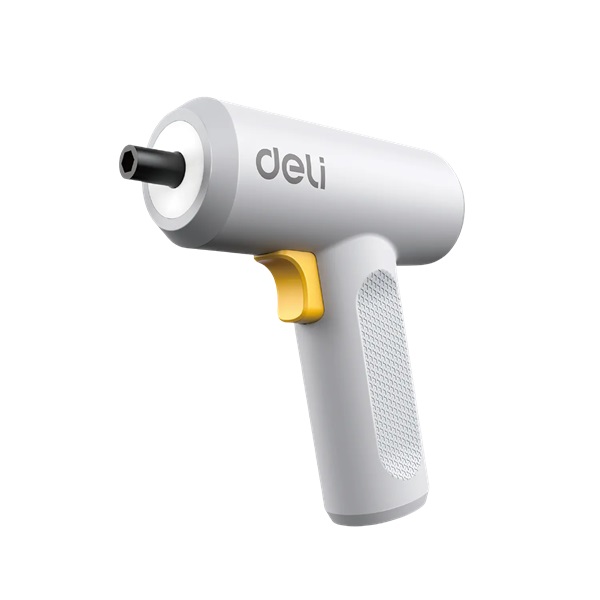
Applications of a Household Electric Drill in Daily Life
The applications of a household electric drill extend beyond simple drilling. In daily life, it is a valuable helper for tasks such as assembling furniture, fixing shelves, hanging wall decorations, and repairing doors or cabinets. It is equally effective for creative projects like crafting, model building, or even customizing small home décor items. The ability to switch between drill bits and screwdriver bits transforms the tool into a multi-functional device that reduces the need for multiple tools. The household electric drill also supports light renovation work, enabling homeowners to handle tasks that would otherwise require professional assistance.
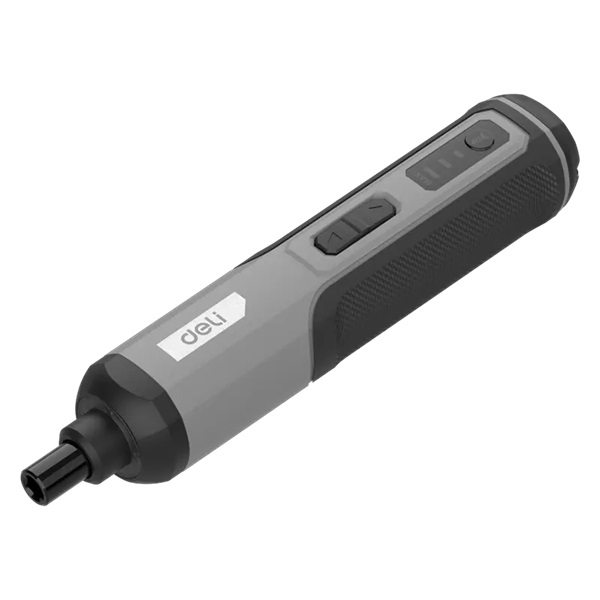
Safety and Maintenance of a Household Electric Drill
Safety is a crucial factor when operating a household electric drill. Users should always ensure the drill bit is properly fixed before use and wear protective equipment such as goggles when working on harder materials. Holding the tool firmly with both hands helps maintain stability, especially when drilling at high speed. Maintenance also plays an important role in extending the tool's lifespan. Regularly cleaning dust and debris, checking the motor vents, and lubricating moving parts when necessary can keep the household electric drill functioning smoothly. Proper storage in a dry environment further protects it from unnecessary wear and tear.
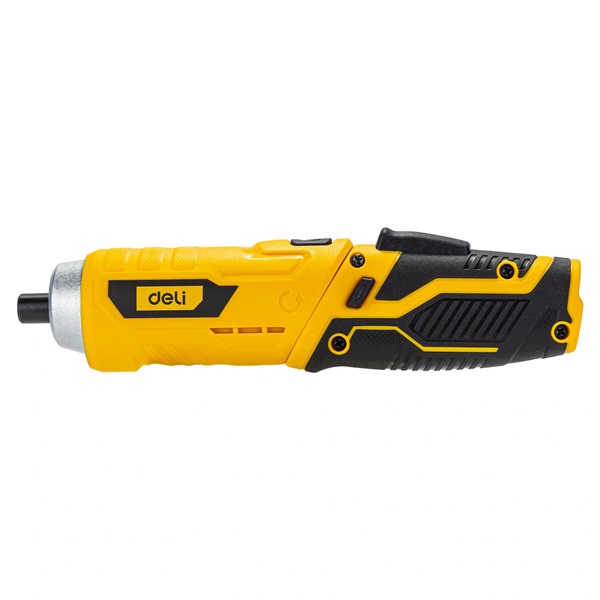
Tips for Maximizing the Use of a Household Electric Drill
To maximize the performance of a household electric drill, selecting the correct bit for each material is essential. For example, wood requires sharp, pointed drill bits, while metal demands stronger, more heat-resistant options. Using the appropriate speed settings also enhances accuracy and prevents overheating. Pre-marking drill points improves precision and helps avoid mistakes during operation. Another useful practice is to allow the tool to do the work rather than applying excessive pressure, which ensures cleaner results and prolongs the life of the drill bit. By applying these tips, the household electric drill can deliver professional-quality results in a wide range of home projects.

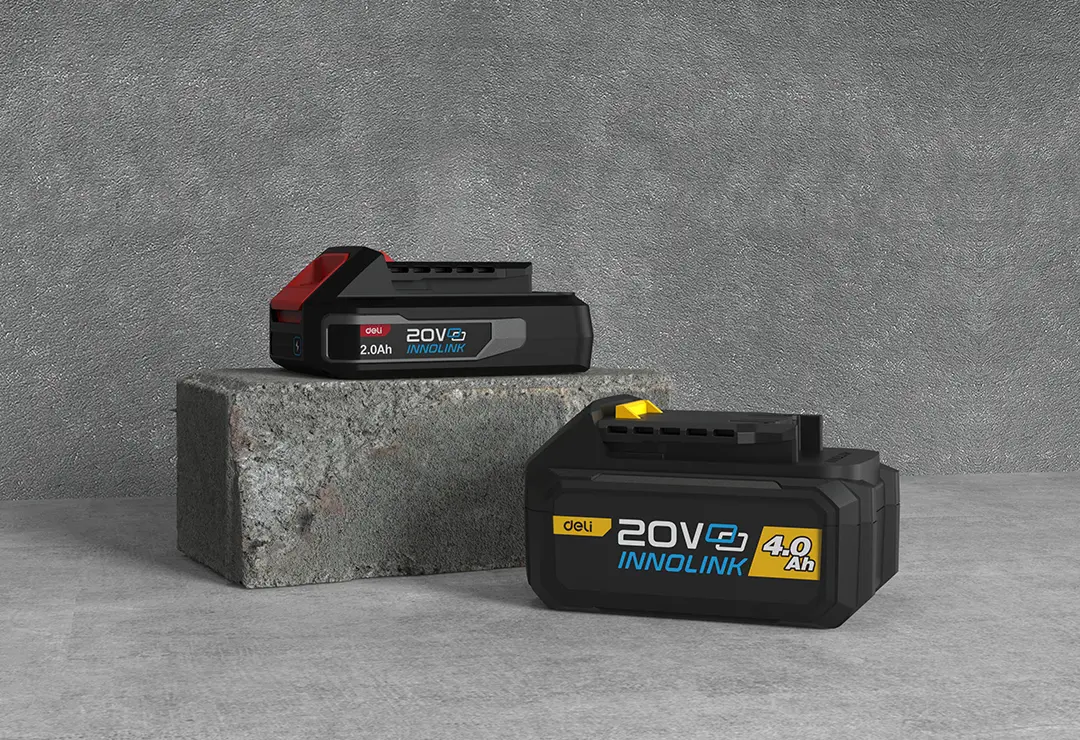
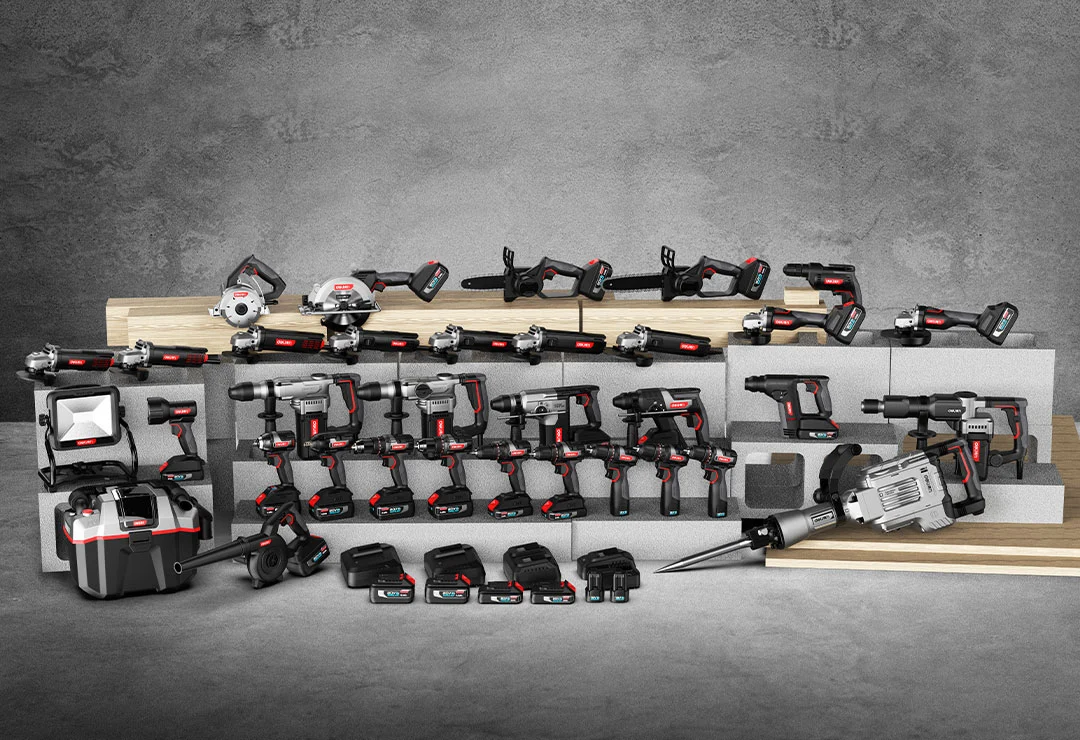
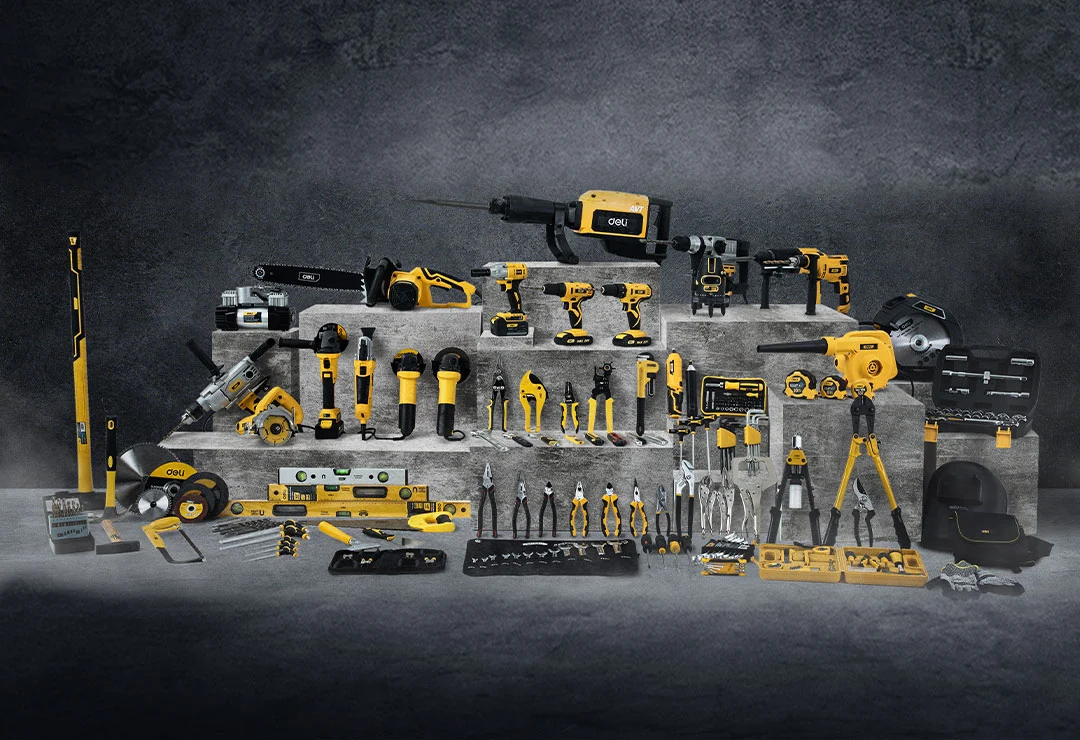
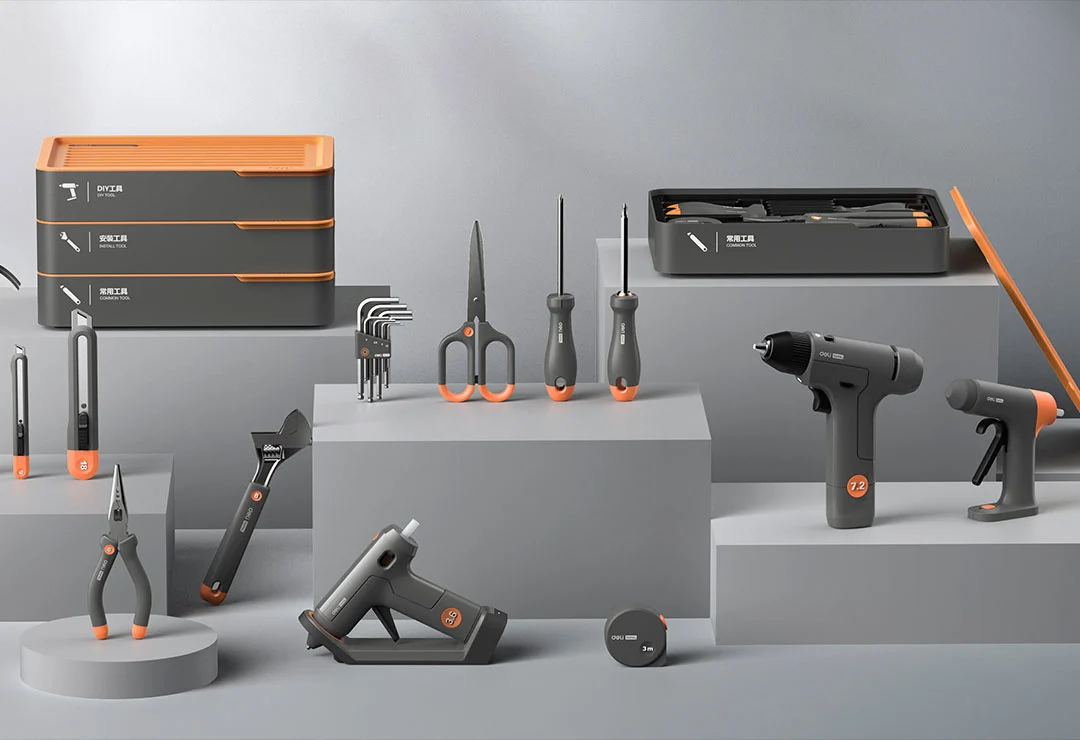
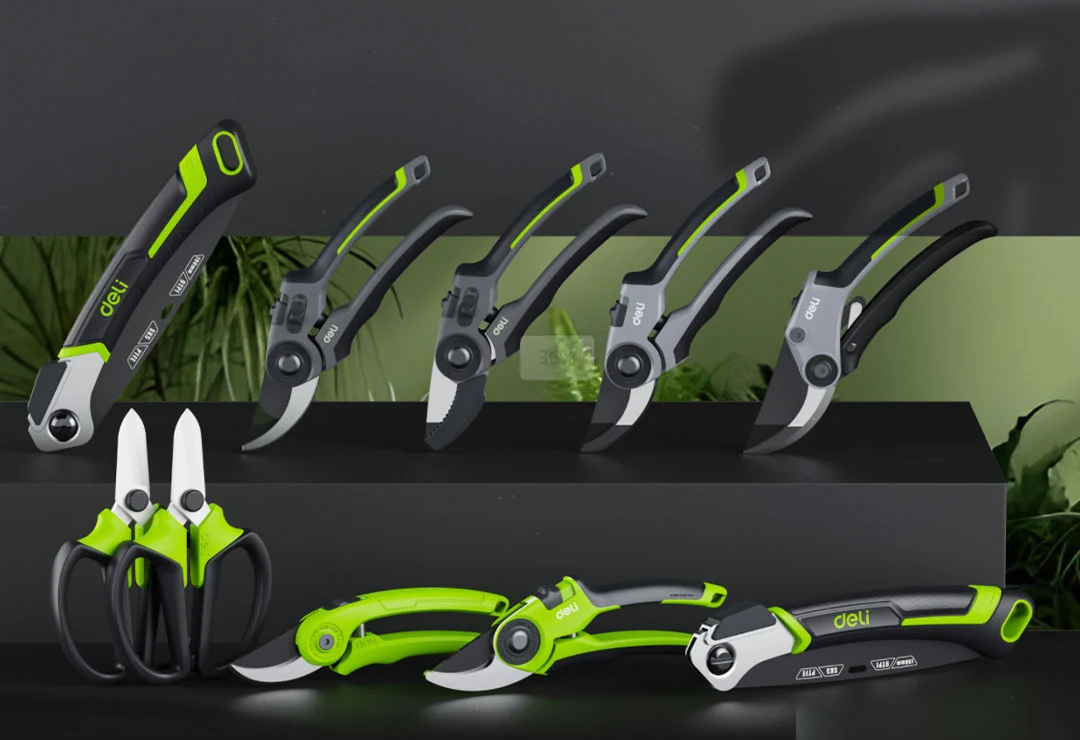
 EN
EN
 jp
jp  ko
ko  fr
fr  de
de  es
es  it
it  ru
ru  pt
pt  ar
ar  vi
vi  th
th  hi
hi  pl
pl  id
id  el
el 



